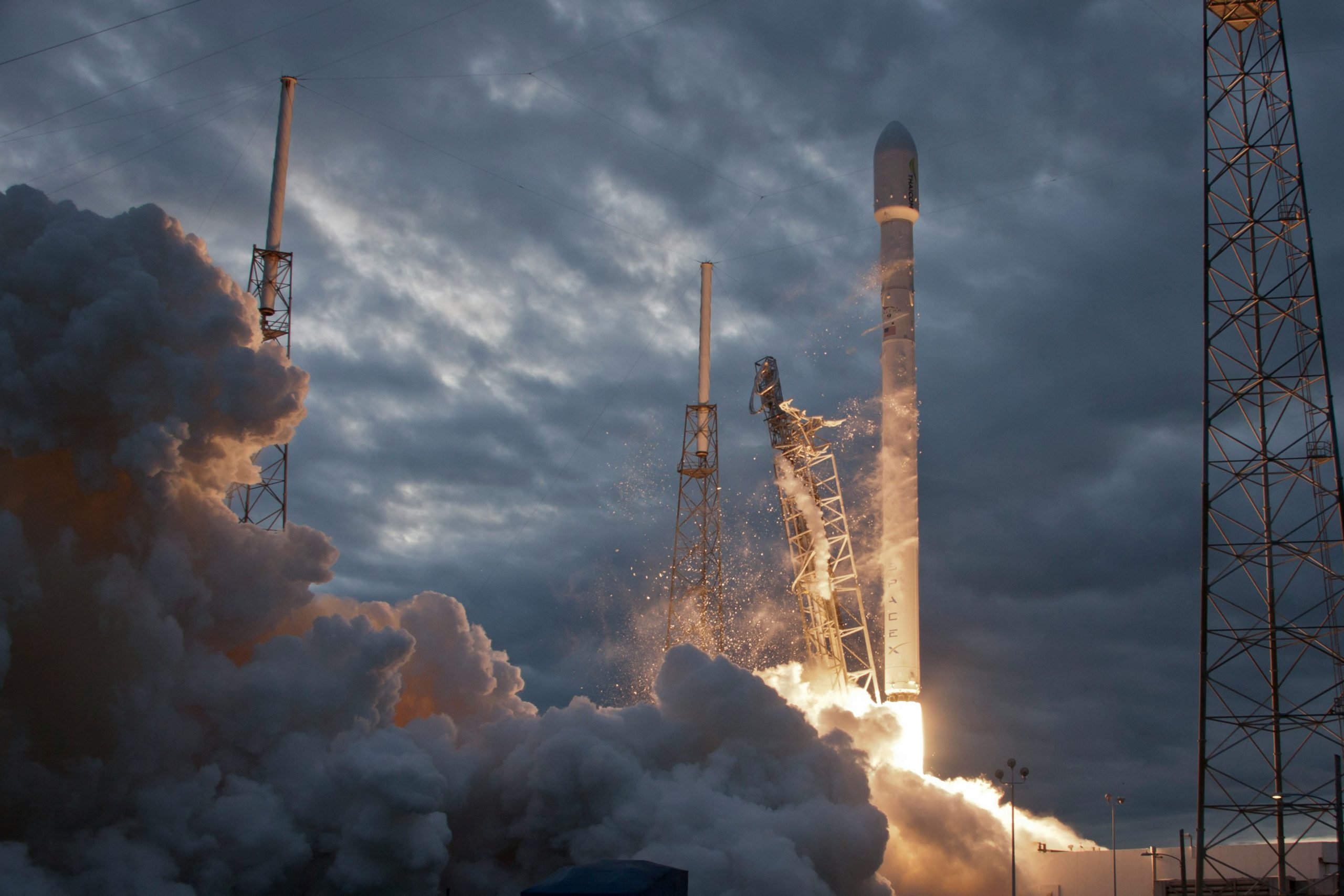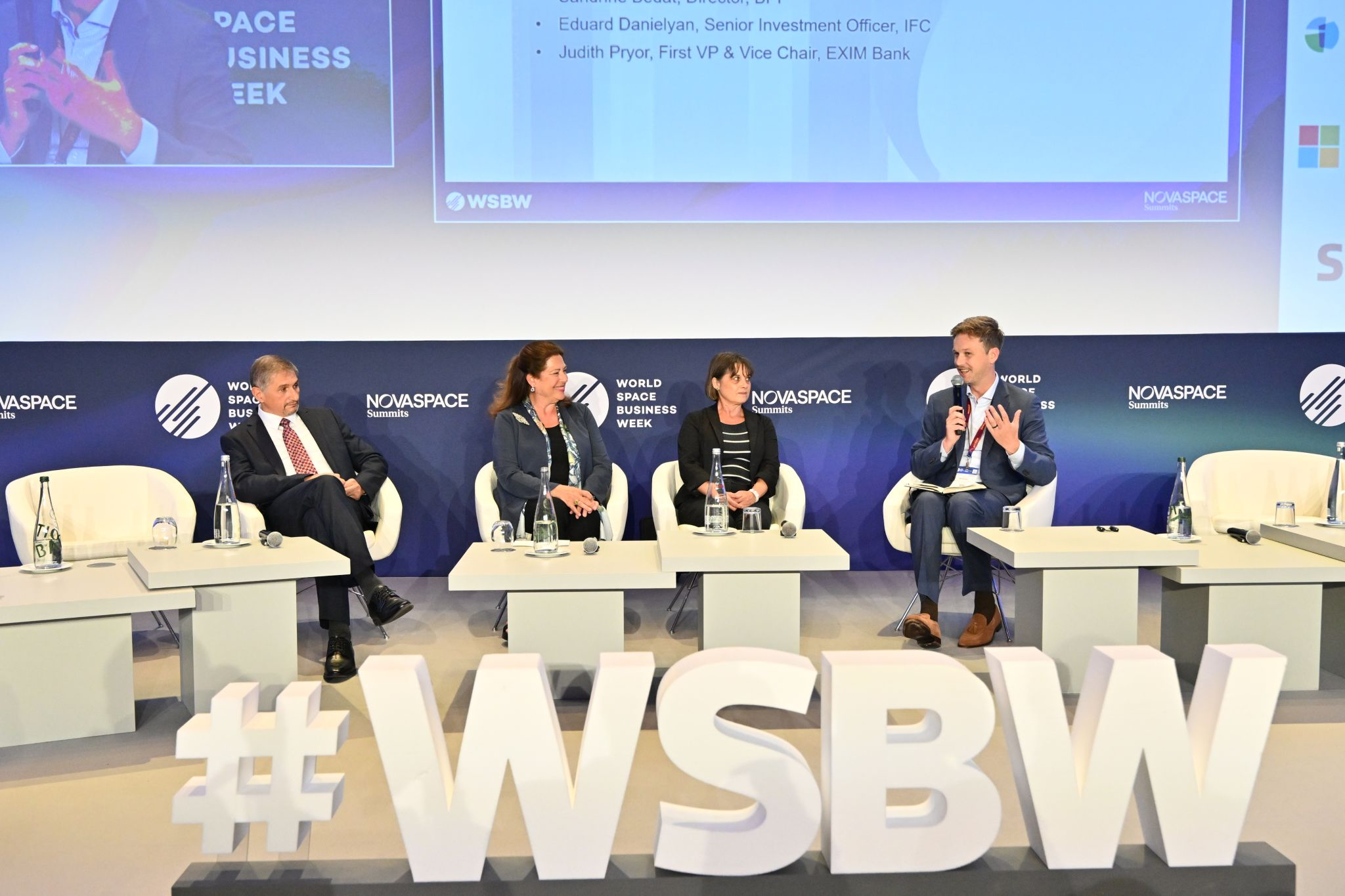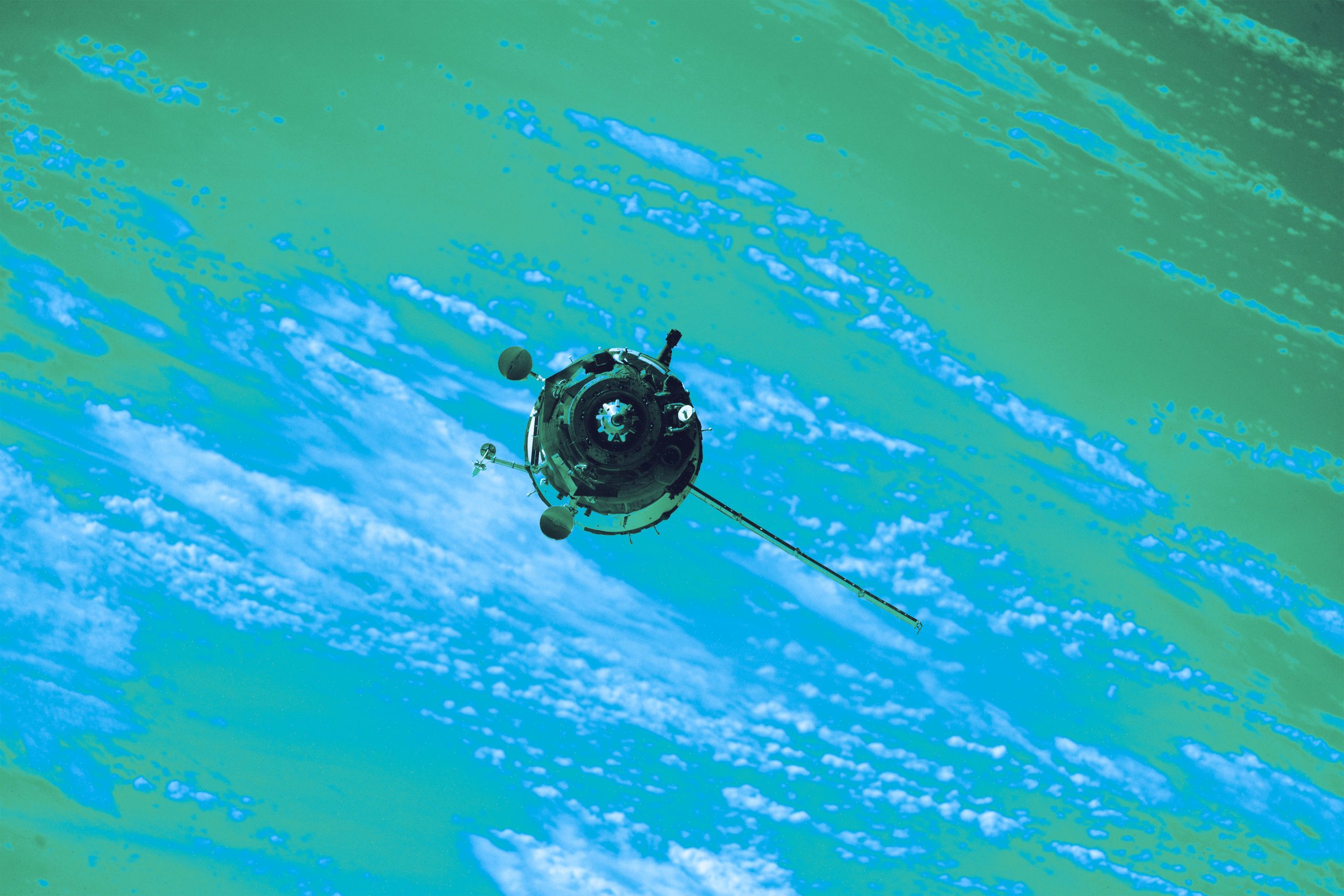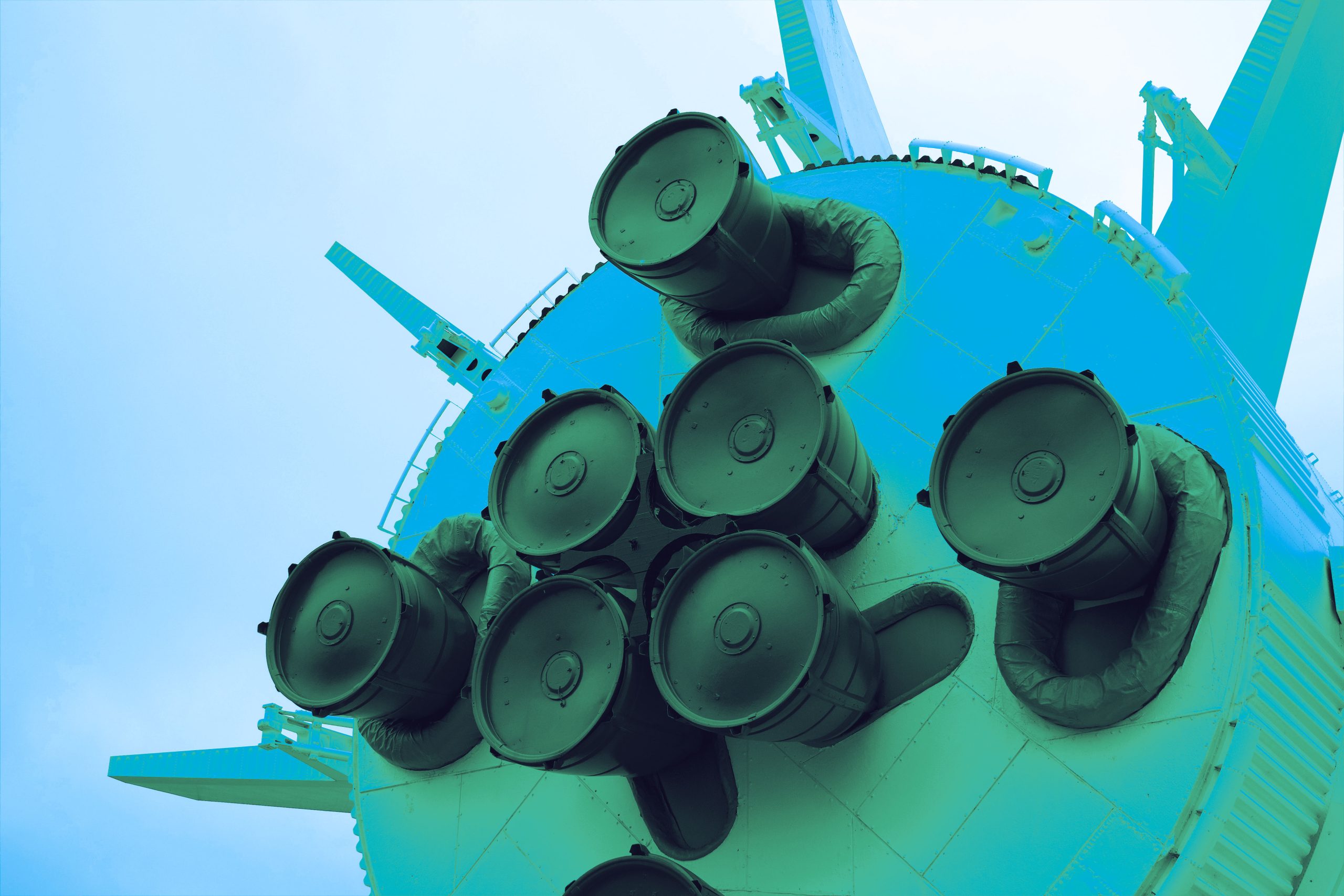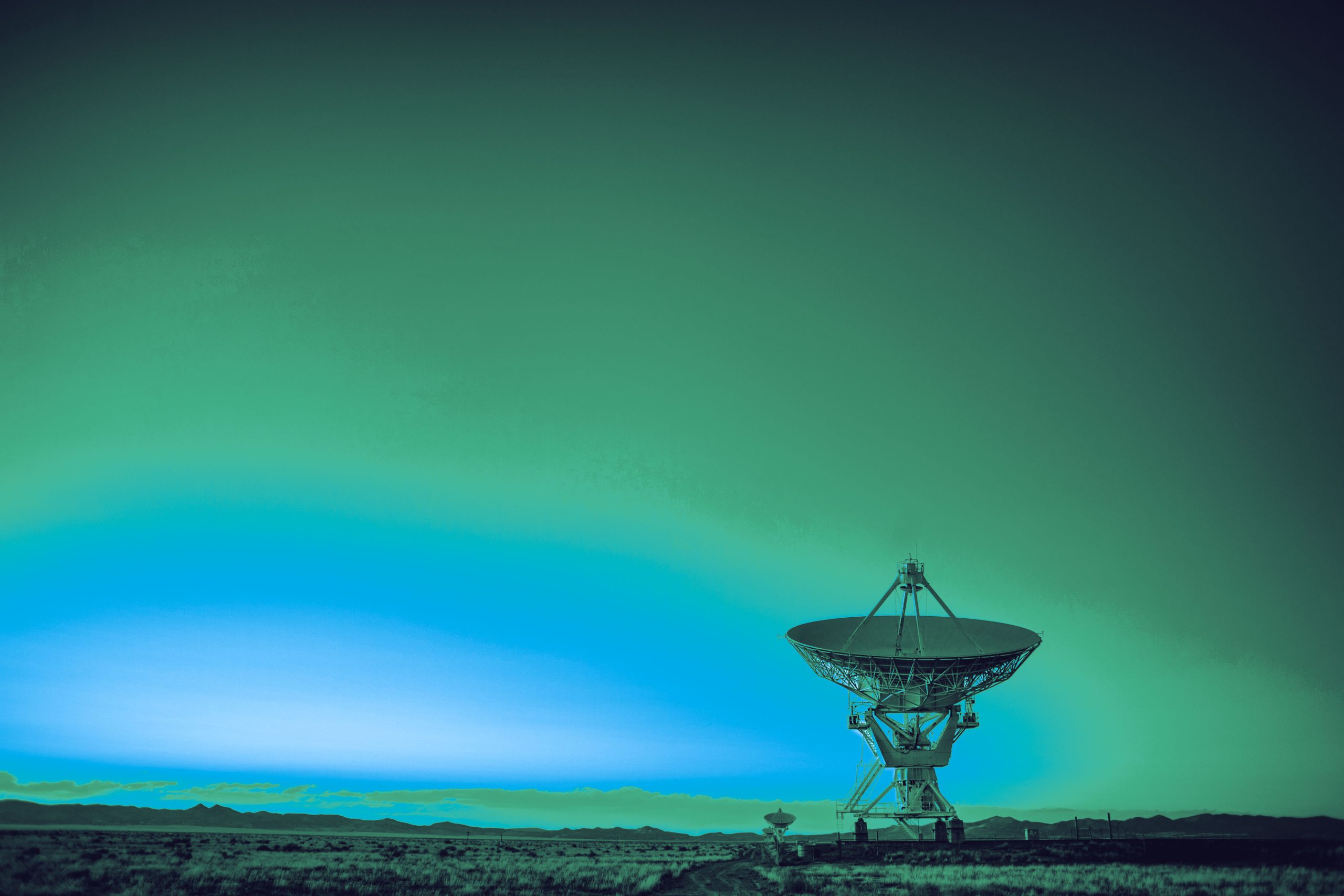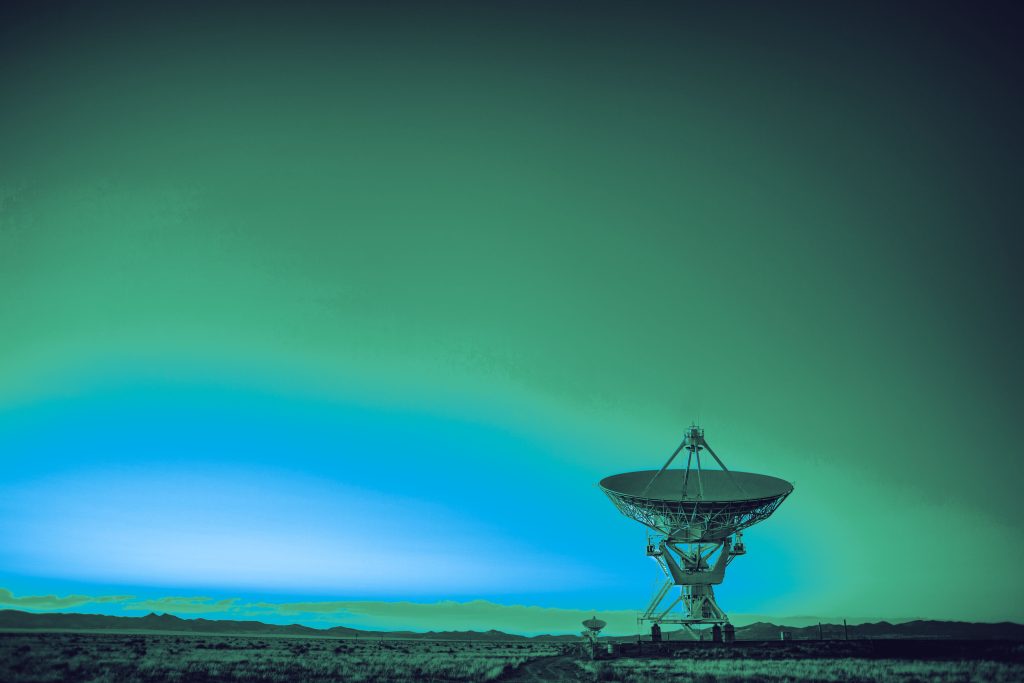Greenhouse gas emissions are a growing concern for the environment. To help us tackle this issue, GHGSat offers a satellite monitoring service that helps organisations understand and reduce their emissions. We unpacked this on Episode 46 of The Satellite & NewSpace Matters Podcast with the company’s Senior Vice President of Strategy, Jean-Francois Gauthier. Read on to find out more about the company’s role in reducing greenhouse gasses.
What are the advantages of measuring greenhouse gas emissions from space?
Satellites offer very specific advantages to monitoring greenhouse gases. Firstly, you have the ability to look at the planet from a certain vantage point, which is the very foundation of Earth Observation. With that, you’re able to look at whole regions of the planet repeatedly as well. The ability to frequently revisit and look at large areas without having to deploy boots on the ground is a crucial advantage that satellites bring to the table in terms of generating insight and data that is useful and actionable.
When it comes to greenhouse gases more specifically, satellites are one part of a larger toolbox that includes aircraft, drones and in-situ monitoring. Satellites play a very important role because of their ability to take frequent imagery over large areas, which you simply can’t do with drones. It’s also too costly to do with aircraft or other methods. Of course, there are drawbacks, such as the higher detection threshold, so the size of the emissions we see is much bigger than what you would see with a drone or an aircraft. That’s why all these solutions are complimentary, but space plays a really important role.

Where has GHGSat made the biggest impact on behaviour so far?
Things have evolved since I joined the company in 2016. It’s important to understand that this segment did not exist at all back then – this is something that we pioneered. The measurement of emissions directly at industrial sites using satellites did not exist before we launched our satellites. So, there was an education period. Some people looked at me like I had four heads, others just said, ‘So you’re spying on us? Is that allowed?’ Eventually, that attitude has evolved and grown.
Our timing was nearly perfect. Honestly, there was a bit of luck involved in that as well. Methane has become a very important topic in the last three, four, or five years, and it just so happens that it is the gas that we focus on. Of our 12 satellites, 11 focus on methane, and 1 looks at CO2, but we’re not stopping there; we’re still launching more satellites.
And why are we doing this? First of all, the technology works. We generate dozens of plumes every day all around the world. Now, the name of the game is monitoring these industrial sites more frequently to get a better idea of how persistent these emissions are so that action can be taken. We’re continuing to scale according to demand, which has been very strong.
To go back to your question about impact, that’s not our focus now. Not that we’re not working on improving the technology and pushing the limits – we are – but we’re looking at the next generation of satellites and aircraft technology so that we can continue to stay at the leading edge. We’re focusing on driving an impact and finding the right partners to generate action on the ground to reduce emissions because this is what this is about. It’s great to measure emissions, but our passion is about also making a difference. The potential for impact is huge, and we’re only just scratching the surface.
To find out more about reducing emissions through satellite observation, tune in to Episode 46 of The Satellite & NewSpace Matters Podcast here.
We sit down regularly with some of the biggest names in our industry, we dedicate our podcast to the stories of leaders in the technologies industries that bring us closer together. Follow the link here to see some of our latest episodes and don’t forget to subscribe.



